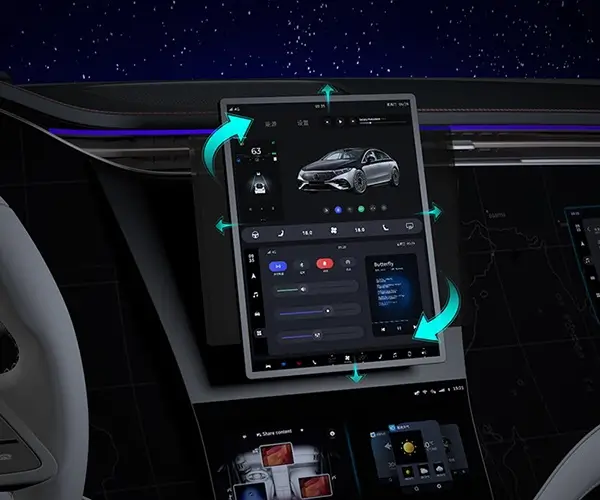Looking to get a servo motor up and running? It’s really not as complicated as it seems, once you get familiar with the basics. Think of it like locking in a dance move—once you know the steps, the rest just flows. And trust me, coding a servo motor can be that smooth.

First off, understanding what a servo motor does is key. These little powerhouses are precise, effort-efficient, and perfect for robotics or automation projects. You attach a control board—like Arduino or Raspberry Pi—and suddenly, controlling movement is no longer a guessing game. Want the arm of your robot to lift smoothly? That’s where coding comes in.
The real magic begins with the code. You specify the angle you want the servo to turn to, usually within a 0 to 180-degree range. It’s like telling it, “Move here,” and watching it do exactly that—no fuss. Here’s the kicker: you don’t need to be a coding wizard. Simple commands like servo.write(90); get the job done. But what if you want more precision? You can add delay functions or loops to make movements softer or more natural.
People often ask, “How do I make the servo move smoothly?” Think about starting slow at first; increment angles gradually instead of jumping straight to 180. It’s like easing into a pool. Also, power supply matters. A stable, appropriate current prevents jittery movements. Running a servo directly off the board can sometimes cause issues—adding an external power source is a handy trick.
What about troubleshooting? If the servo jerks or doesn’t move, check your wiring. Loose connections or power dips are common culprits. Sometimes, it’s a matter of tweaking the code—changing the delay time or adjusting the range. Patience helps here because a finely tuned servo is a thing of beauty—silent, steady, and precise.
And the cool thing? You can make those movements smarter. Sync it with sensors, add feedback loops, or customize control algorithms. The possibilities are almost endless. Imagine programming a robotic arm to pick up objects and place them another spot—all with a few lines of code and a servo motor.
Working with a reliable brand like KPOWER makes all the difference. Their hardware is solid, durable, and designed for consistent performance. Using quality components reduces frustration—you know, those moments when nothing seems to work and you’re about to pull your hair out.
So, if you’re ready to dive into the world of servo control, remember—it’s more about understanding the system than memorizing lines. Experiment, test, adjust—repeat. With a bit of practice, you’ll be commanding servo motors like a pro. Whether building a robot or automating a project, mastering servo coding opens a whole new realm of possibilities.
Established in 2005, Kpower has been dedicated to a professional compact motion unit manufacturer, headquartered in Dongguan, Guangdong Province, China. Leveraging innovations in modular drive technology, Kpower integrates high-performance motors, precision reducers, and multi-protocol control systems to provide efficient and customized smart drive system solutions. Kpower has delivered professional drive system solutions to over 500 enterprise clients globally with products covering various fields such as Smart Home Systems, Automatic Electronics, Robotics, Precision Agriculture, Drones, and Industrial Automation.




































